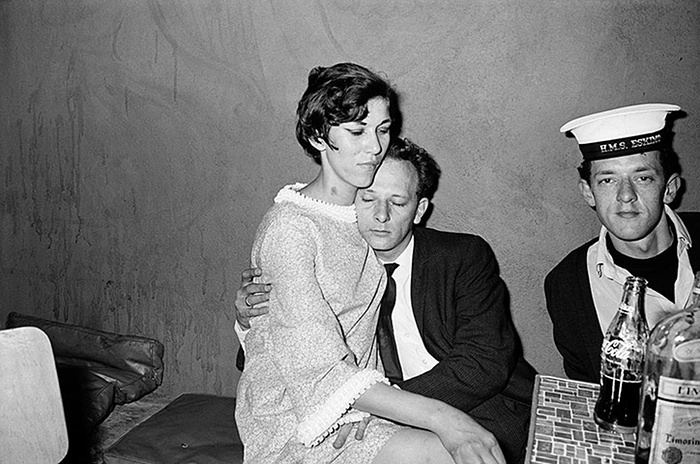Cityscapes, Issue 05. April 2014.
You see them all along the N2: a red circle bisected diagonally, the universal code for no, not allowed, don’t, though in this case the line is drawn not through a cigarette or a knife but a thumbs-up. The sign means “no hitchhiking”, but if you are lucky enough to be flashing by in a vehicle it can produce an instant of cognitive dissonance (anti-good times, anti-like?). In 2014 the sign is hardly true to life—it has been outstripped by rising petrol prices and hard-nosed financial logic. Most people waiting on hard shoulders on the N2 hold currency in the air: ten, twenty, fifty rands. It is also a simple lesson in semiotics: even the simplest, most programmatic signs—whether pictographic, linguistic or property of the South African National Roads Agency Limited (SANRAL)—can be infiltrated by unintended and contradictory meanings.
N2. Curled up in that tiny alphanumeric are thousands of kilometres, hundreds of service stations, millions of tons of concrete. N2 can mean a London bus route; an intelligence officer in the US Navy; an anti-nuclear song by the Japanese indie group Asian Kung Fu Generation. But for my purposes it is the longest highway in South Africa, which starts at an unfinished flyover near the docks in Cape Town, follows the eastern seaboard of the country (roughly) for over 2000 kilometres, then bends west below Swaziland to end at the town of Ermelo in the province of Mpumalanga. Major highways like the N2 are not liked, or at least, not thought about much.
Writing a hidden history of the UK’s motorway system, Joe Moran suggests that this bland corporate terrain of tarmac, underpasses and thermoplastic road markings is “the most commonly viewed and least contemplated landscape” in Britain. “The road is almost a separate country, one that remains underexplored not because it is remote and inaccessible but because it is so ubiquitous and familiar.”













